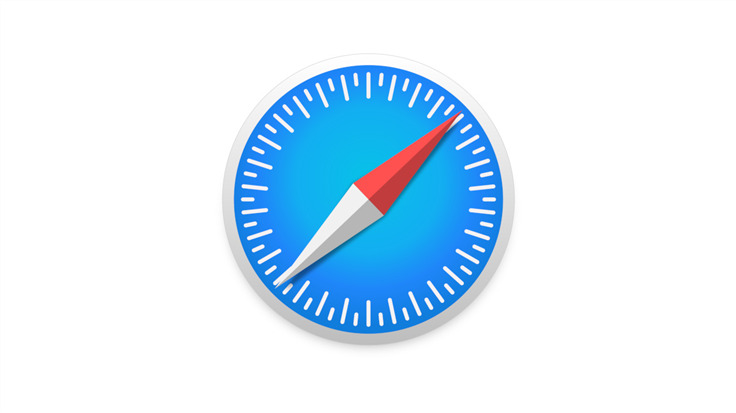Apple has released updates for its phones, Macs, iPads, watches, and TV streaming devices, fixing a bunch of security problems. But amid all that activity, one fix is notably absent—there is nothing to address the vulnerability dubbed iLeakage.
iLeakage is a side-channel attack that can force the Safari browser to divulge secrets like passwords and Gmail messages.
A side-channel attack looks at the indirect effects of a computer program, or computer hardware, which can reveal things about what’s happening under the hood. It’s like a thief looking at your house and concluding from the fact that there are no lights on and the car isn’t in the driveway that you aren’t home. The lights and the empty driveway are side channels.
In the case of iLeakage, the side channel is speculative execution, a performance enhancement feature found in modern CPUs. iLeakage is just the latest in a whole family of speculative execution bugs, known as Spectre, dating back to 2017.
Virtually every modern CPU uses some kind of performance optimization where it attempts to predict what a program will do next. Once a prediction is made, the CPU will execute instructions ahead of time, so that the answer is there immediately should you need it. If the CPU realizes its prediction was wrong it has to revert all the changes it made, but sometimes speculative execution leaves traces in the CPU’s microarchitectural state, and especially the cache.
A group of cybersecurity researchers used these traces to show how an attacker can make Safari reveal sensitive information. The attacks use a malicious web page that exploits iLeakage. The page can be used to open Instagram, Gmail, YouTube, or any other website in a new tab. Behind the scenes, the same Safari computer process renders both the malicious page and the target web page, allowing the malicious page to pull information from the target, such as auto-filled passwords, using iLeakage.
Although there are no fixes for iLeakage yet, there are mitigations. Unfortunately, all of them come with significant caveats. According to the researchers, the super-secure Lock Down mode that’s available on Apple’s Macs, phones, and tablets will disable iLeakage, but Lock Down mode can impact performance and, as Apple points out, “When Lockdown Mode is enabled, your device won’t function like it typically does.”
You can also stop iLeakage by disabling JavaScript execution in your browser, but this will likely impact the behavior of every website you visit, making many of them unusable.
There is another mitigation that specifically targets iLeakage, but it’s macOS only and it’s not enabled by default. On top of that, the mitigation is considered unstable, and it requires users to open a computer terminal window, which will be beyond many users’ comfort zones. If you really want to go there, you can read the instructions on the iLeakage site, under “How can I defend against iLeakage.” We suggest that unless you’re a high value target you probably don’t need to bother, and if you are a high value target you should enable Lock Down mode anyway.
There is no evidence that iLeakage has been abused in the wild, and figuring out how the researchers did it will be a significant undertaking for cybercriminals.
We don’t just report on vulnerabilities—we identify them, and prioritize action.
Cybersecurity risks should never spread beyond a headline. Keep vulnerabilities in tow by using ThreatDown Vulnerability and Patch Management.










